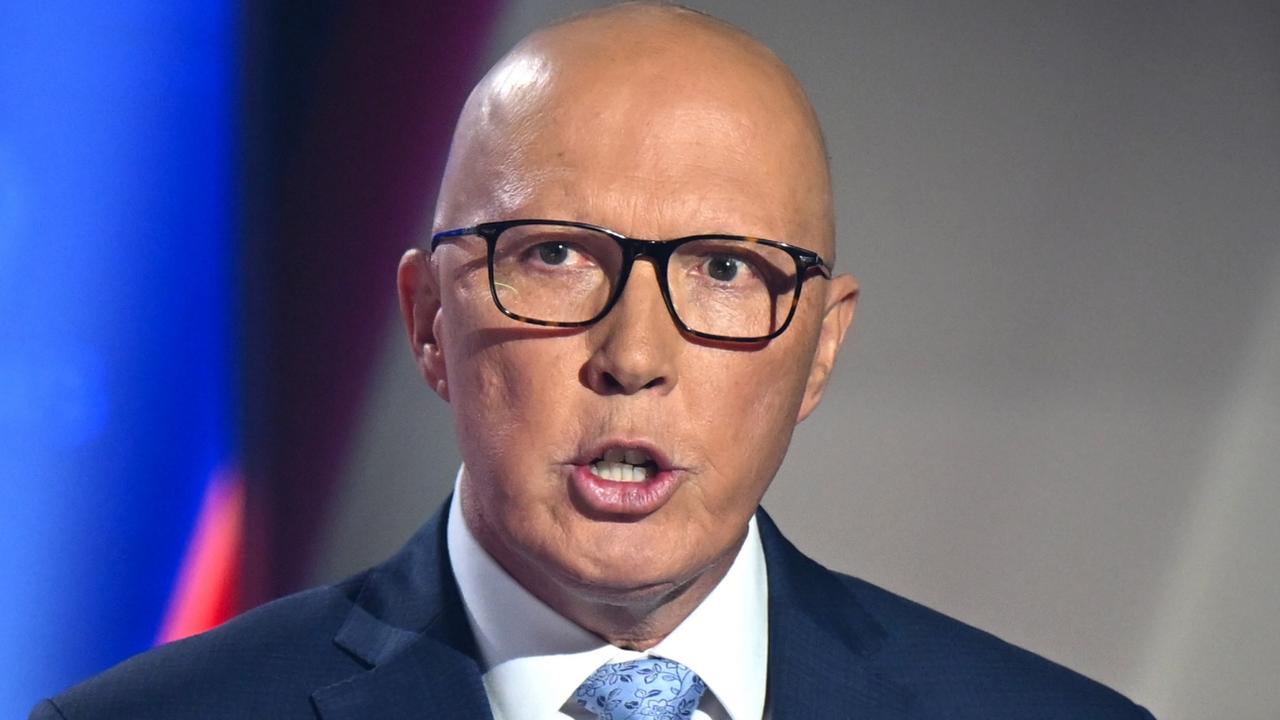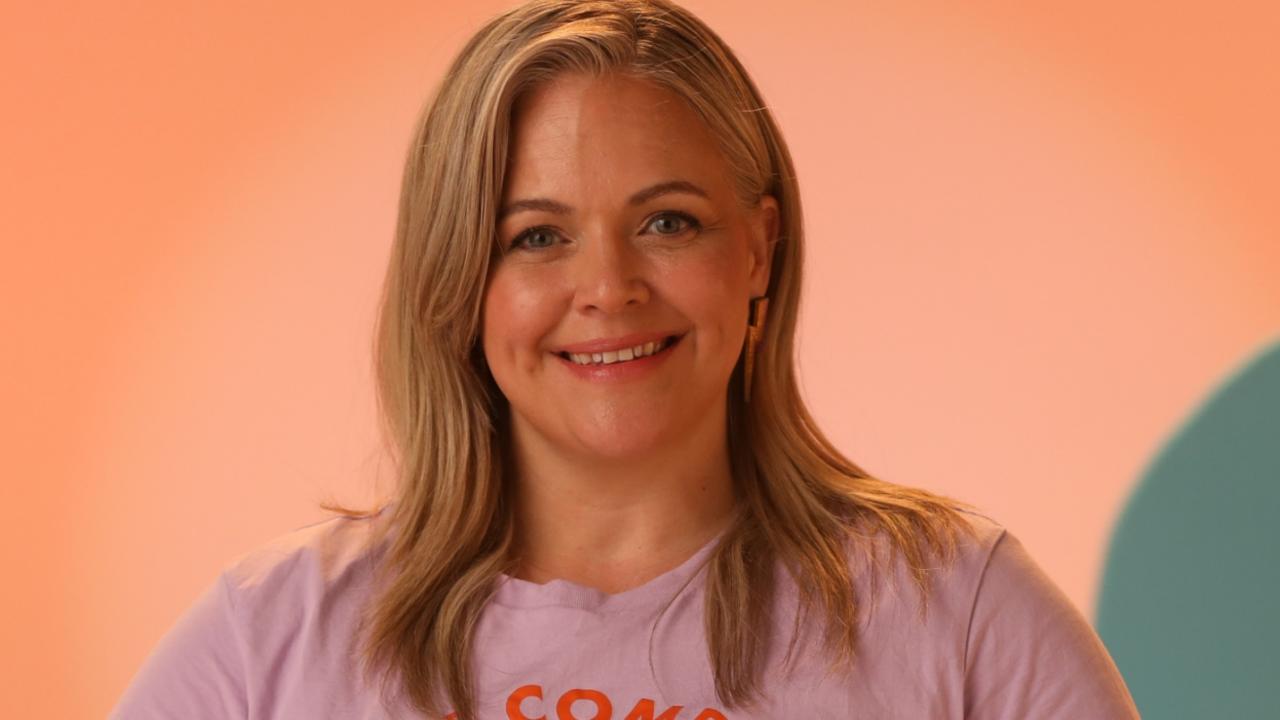Demand for Kids Helpline surges as anxiety in youth rises
Kids Helpline is struggling to keep up with demand as young people grapple with anxiety and social isolation.
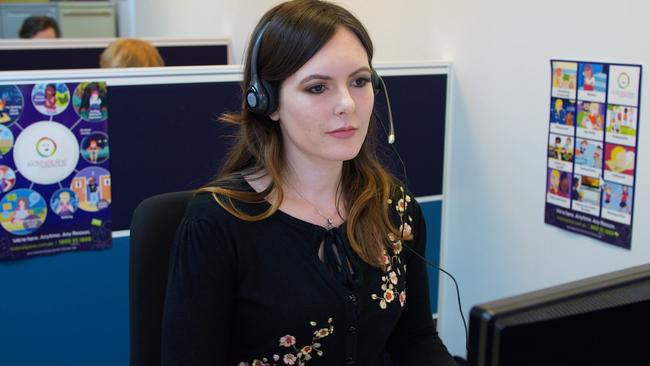
National
Don't miss out on the headlines from National. Followed categories will be added to My News.
One in three calls to Kids Helpline are going unanswered as the nation is in the grip of a major youth mental health crisis.
Even though a one-off government funding boost allowed the free counselling service to hire an extra 85 counsellors – it still can’t cope with demand.
The service is dealing with 7500 contacts a week as young people struggle with anxiety, social isolation and the fallout from school closures and other COVID-19 restrictions.
It comes as desperate parents are reporting a six-month wait to get their teenagers into psychiatrists.
Demand is so extreme some psychiatrists are charging booking fees of $150 to manage demand.
Headspace told News Corp Australia in December its service had wait times of between 10 and 20 days for people waiting for their first intake session.
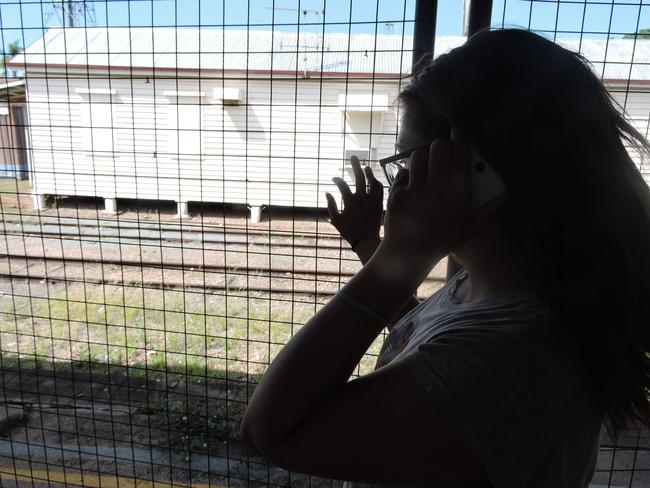
This week News Corp Australia revealed there had been a 25 per cent increase in children aged 17 and under presenting to NSW emergency departments with self-harm – or 12,817 visits last year.
Another investigation found one in every 33 children, including pre-schoolers, is taking antidepressant medication, as concerns mount the drugs could be driving up youth suicide rates.
Doctors said they are prescribing the pills, which are not approved for use in teens, because adolescents can’t get access to psychologists or other forms of mental health care.
The head of adolescent psychiatry at the Royal Australian and New Zealand College of Psychiatry (RANZCP) Dr Paul Robertson has said numbers of child psychiatrists, psychologists and mental health workers needed to double to meet demand.
“We acknowledge that on any given day it can be one third of all contacts who do not get responded to at the initial point. We do know however that young people do try again, as they advise of such,” Kids Helpline CEO Tracy Adams said.
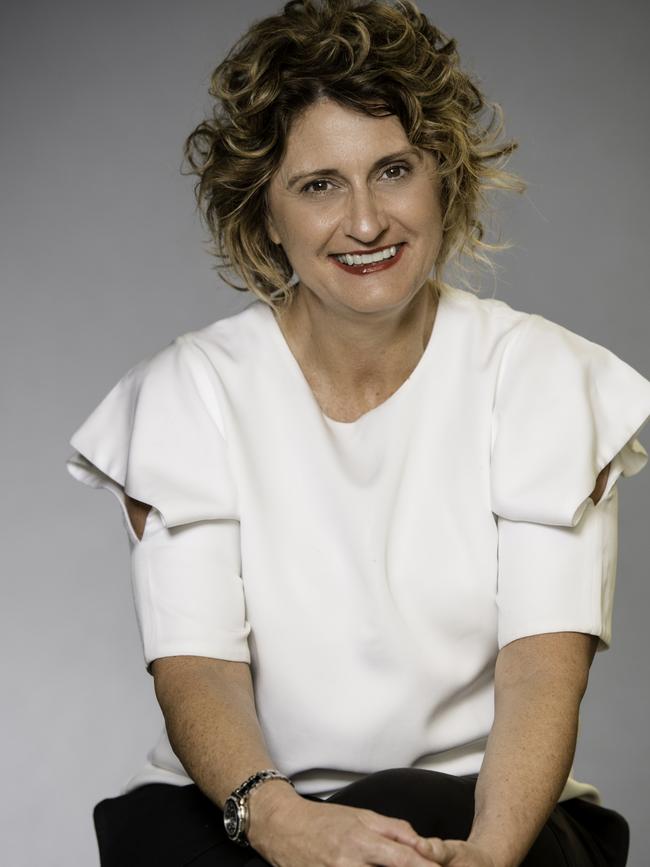
More and more young people (15 per cent more) were using the service’s webchat option and counselling on that platform took two to three times longer because there were delays while young people and the counsellor typed back and forth, she said.
The average wait time on WebChat for answered contacts for January 2021 was 23 minutes and the number of answered WebChat contacts had increased by 20 per cent,
“We acknowledge that young people may experience wait times at peak times which may be in the vicinity of 40-50 minutes,” Ms Adams said.
The country’s only free 24/7 phone and online counselling service for young people received a $4 million funding boost during COVID-19 that is due to run out in June as it is desperately seeking an extension in the May budget.
The extra funding allowed the service to respond to 30 per cent more children over the past six months than for the same period last year.
Kids Helpline has made enhancements to WebChat, including ‘Active Queue Support’ where contacts are informed of their position in the WebChat queue and the availability of their regular counsellor, Ms Adams said.
Originally published as Demand for Kids Helpline surges as anxiety in youth rises




